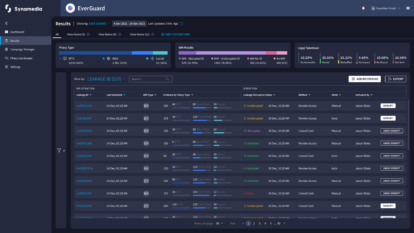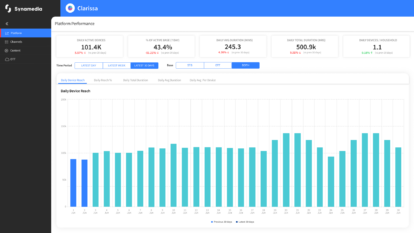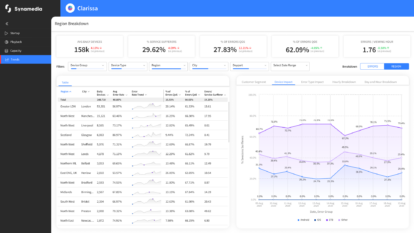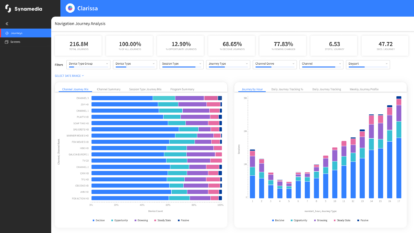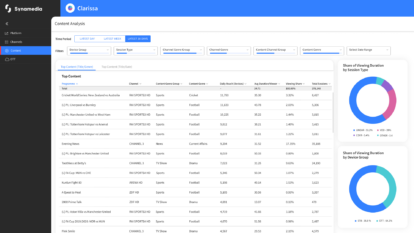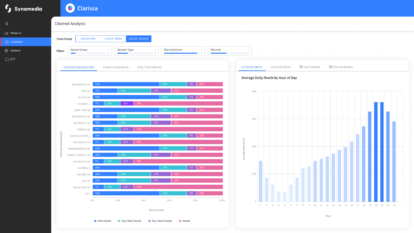Gone are the days when video streaming services turned a blind eye towards users who rampantly share passwords with friends and family. Leading the pack, Netflix has already sounded the bugle against password sharers, and everyone is watching, taking note. But how about converting these sharers into paying subscribers?
According to a Variety report, about 40% of US consumers who were surveyed revealed that they were using the account credentials of other people to watch content. Among them, one-third admitted to using these accounts without the permission of the account owner.
Moreover, while analysing the sharing behaviour of one of our client’s video services, we found that the excess viewing time on these accounts often amounted to more than triple the hours consumed by honest subscribers. This excess usage drives up CDN costs and impacts a services’ profit.
It is not, however, the end of the road. Quite the contrary.
In a recent survey, the Variety Intelligence Platform found that a significant majority of sharers are willing to pay full price for their own subscriptions. Or, if they are sharing costs, they are okay with paying a higher price to continue using the account.
So, there is a silver lining. But what’s the way forward?
For starters, you need to understand the size of the problem in your service, identify the different types of user behaviours, and determine the course of action to take with each type. There are several types of actions you could consider. Marketing proposals are one option, and may include offers to share by moving to a different plan. Ad supported streaming is another option that is trending, enabling services to reach a broader audience, who may not be willing or able to pay for a full subscription. For example, Netflix announced plans to add another 4.5 million subscribers as a result of its roll-out of an ad-supported pricing plan that is easier on the pocket.
Properly crafted messages to users, combined with actions like password resetting, are other methods that can significantly reduce the number of devices or users that share one account.
Don’t drive them away, draw them in
Instead of driving away these sharers, who are obviously hooked to your service and its content, what if you could convert them into legitimate subscribers and create a new revenue stream?
For example, while analysing a client’s user behaviour patterns, our CSFEye platform identified ‘high consumption’ sharers classified as ‘Likely to Convert’. You can avoid troubling the occasional sharers, but most of the sharers do use the service regularly, showing good potential to convert to honest accounts and drive up subscription revenue.
If you operate a streaming service, CSFEye can empower you with the ability to identify shadow accounts, analyse their usage patterns and then choose those accounts that show potential to be turned into paying customers. If you want to see how CSFEye works and discover whether it can identify sharers on your streaming platform, book a demo here.
You can also watch CSFEye work some of its magic on your service with a free trial. After analysing your user base, it will help you determine how many shadow accounts are active, how they’re affecting your infrastructure costs and bring you more clarity about how they are impacting your revenue and profits.
About the Author
Nitsan Baider is a Director of Product Management at Synamedia. In his role he leads the development of new and innovative security solutions for streaming OTT service providers, taking them to market, and evangelizing them. Nitsan has spent many years in cyber security and has led several products in the past. He holds a B.Sc. In Mathematics and Computer Science from Tel-Aviv University. In his spare time, Nitsan enjoys playing piano.

